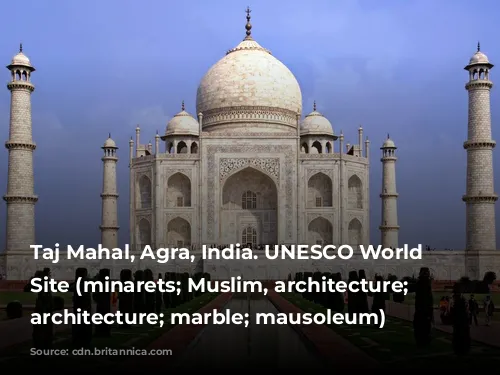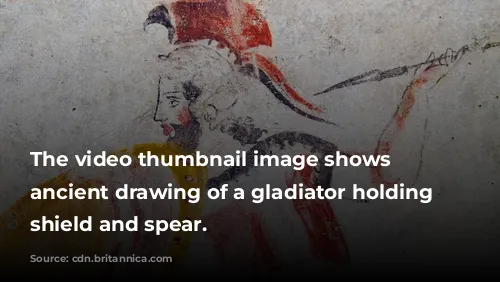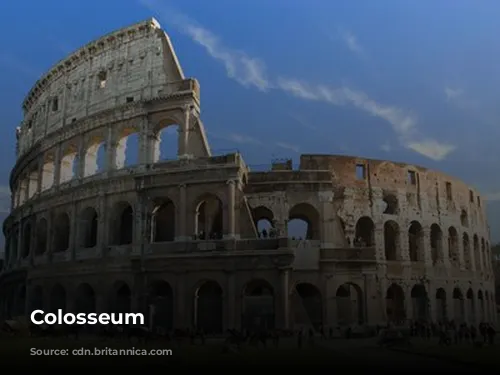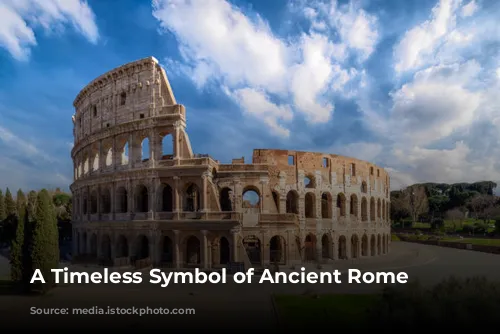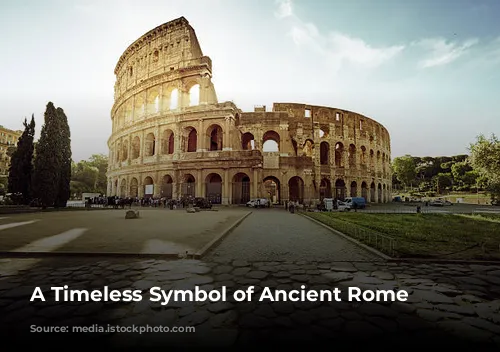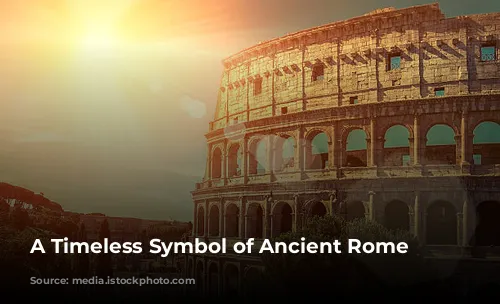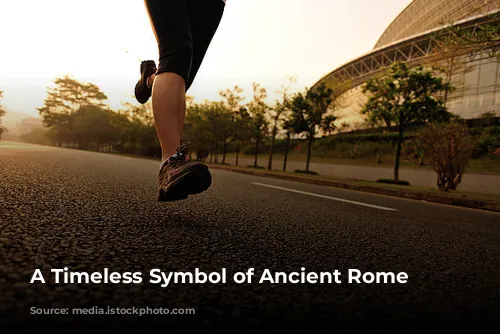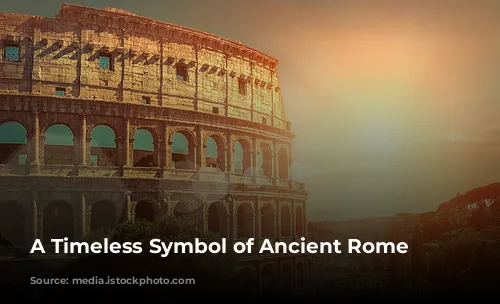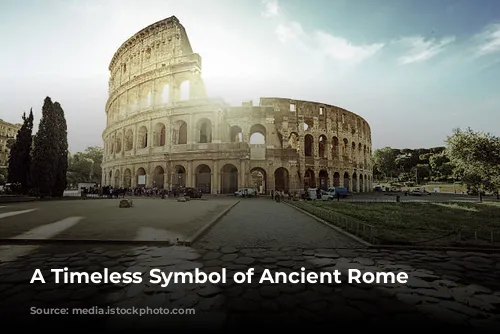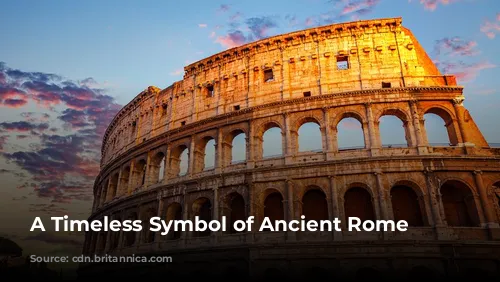The Colosseum, a majestic relic of the Roman Empire, stands as a testament to the architectural brilliance and engineering prowess of the ancient world. This magnificent amphitheater, one of the few largely intact structures from that era, is a beacon of history and attracts tourists from around the globe, contributing significantly to Italy’s economy. In 2018 alone, the Colosseum, Roman Forum, and Palatine Hill collectively generated over $63.3 million (€53.8 million), ranking as Italy’s top tourist attraction.
This iconic landmark has weathered the passage of time, enduring periods of both splendor and neglect. Following the fall of the Western Roman Empire, the Colosseum fell into disrepair, becoming a fortress for the Frangipane and Annibaldi families during the 12th century. In the late 15th century, Pope Alexander VI sanctioned the use of the Colosseum as a quarry. After a millennium of neglect, the Italian government embarked on extensive restoration efforts in the 1990s, breathing new life into this architectural marvel.
From Gladiator Arenas to Mock Naval Battles
The construction of the Colosseum was a grand undertaking initiated by Emperor Vespasian, a visionary leader who aimed to revitalize Rome after the turbulent year of the four emperors in 69 CE. Similar to other amphitheaters, Vespasian envisioned the Colosseum as a hub of entertainment, a stage for gladiatorial contests, thrilling animal hunts, and even mock naval battles, captivating audiences with a spectacle of skill, courage, and spectacle.
The Colosseum’s construction commenced under Vespasian’s reign between 70 and 72 CE, with its completion marked by its dedication in 80 CE by Titus, Vespasian’s son and successor. The Colosseum’s fourth story, an architectural flourish, was added by Emperor Domitian in 82 CE. Interestingly, the funding for this grand project stemmed from the spoils of war, the plunder seized during Titus’s conquest of Jerusalem in 70 CE. The workforce for the Colosseum’s construction consisted of enslaved Jews from Judea.
A Monumental Structure
The Colosseum, also known as the Flavian Amphitheatre, is an elliptical marvel constructed of stone, concrete, and tuff, reaching a towering height of four stories. Its dimensions are impressive, measuring 620 by 513 feet (189 by 156 meters), with a capacity to accommodate a staggering 50,000 spectators. The Colosseum became synonymous with gladiatorial combat, a spectacle that captivated the Roman populace and became a defining feature of Roman entertainment.
The Colosseum was built just east of the Palatine Hill, on the site of Nero’s extravagant Golden House. This strategic location replaced Nero’s artificial lake, a symbol of his tyranny, with a public amphitheater that could accommodate tens of thousands of Romans. The construction of the Colosseum marked a shift from a symbol of imperial excess to a monument dedicated to public entertainment and civic pride. The Colosseum’s design was innovative, incorporating a complex system of barrel vaults and groin vaults, a departure from earlier amphitheaters, which were often built into hillsides for extra support. The Colosseum’s three lower levels are adorned with arcades framed by engaged columns in the Doric, Ionic, and Corinthian orders, reflecting the architectural sophistication of the Roman Empire. This arrangement of columns served as a model for Renaissance architects, influencing their understanding of architectural styles.
The Colosseum’s design provided for a retractable awning, known as a velarium, which protected spectators from the sun’s harsh rays. This ingenious system involved masts extending from corbels built into the Colosseum’s attic story, requiring the skill and strength of hundreds of Roman sailors to manipulate the rigging that extended and retracted the awning. The Colosseum was the stage for countless spectacles, including fierce hand-to-hand combat between gladiators, contests between men and animals, and mock naval battles, providing a glimpse into the diverse and dramatic world of Roman entertainment. Although the Colosseum was rumored to be the site of early Christian martyrdoms, this claim remains unconfirmed.
From Glory to Neglect and Restoration
The Colosseum, once a symbol of Roman glory, endured a tumultuous journey through the centuries. During the medieval period, the Colosseum found a new purpose as a church, followed by its transformation into a fortress, occupied by the Frangipane and Annibaldi families. The Colosseum suffered damage from lightning, earthquakes, and, more significantly, vandalism and pollution. The once opulent marble seats and decorative elements were stripped away, leaving the Colosseum a mere quarry for building materials for over a millennium.
The Colosseum’s preservation efforts began in earnest in the 19th century, spearheaded by Pope Pius VIII. Significant restoration projects were undertaken in the 1990s, breathing new life into this architectural marvel. Today, the Colosseum remains one of Rome’s most popular tourist destinations, attracting close to seven million visitors annually. The Colosseum continues to captivate visitors with its history, grandeur, and significance, providing a window into the past and a reminder of Rome’s enduring legacy. Rotating exhibitions showcasing ancient Roman culture further enhance the visitor experience, enriching their understanding of this fascinating period of history.
